Introduction
事情的起因是这样的,最近想给自己的Chrome浏览器添加一个功能,就是在自己离开电脑的时候能够暂时模糊浏览器标签页的内容,加密标题和标签页的logo,以防止他人趁机偷窥隐私。我在谷歌浏览器上搜了很多插件,比较相似的当属下面这个名为Hide!!!的插件,它的工作原理就是按住Alt+P就可以暂时关闭所有的页面,再次按下Alt+P就可以恢复之前打开的所有页面。但是感觉和自己的需求还是有所区别,于是打算自己动手做一下

Body
No.1 搭建浏览器扩展的开发环境(以vscode为例)
按下Ctrl+Shift+X打开扩展侧边栏,输入Chrome,选择如下图所示的第一个安装
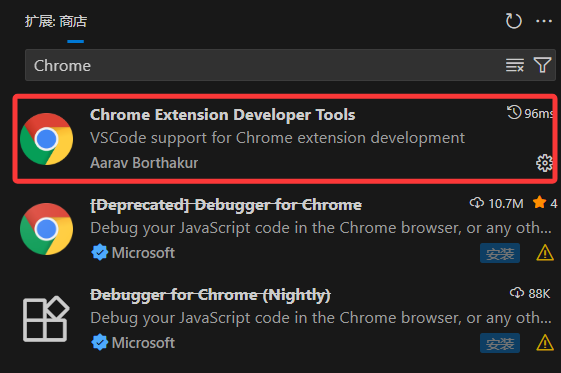
安装完成后按住Ctrl+Shift+P打开命令面板,输入Chrome,如下图所示:
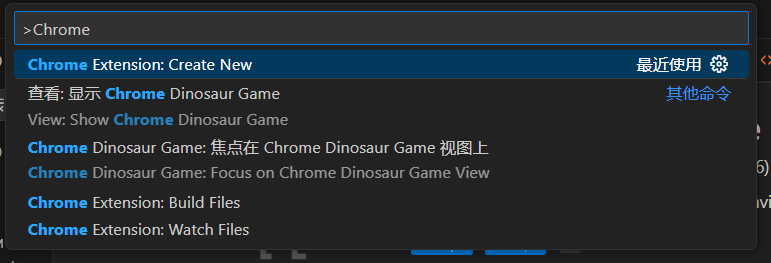
正常情况下,会出现三个选项
Chrome Extension:Create New
Chrome Extension:Build Files
Chrome Extension:Watch Files点击Create New选项,会进入一下界面:

Extension Type有三种:
Popup ; Override Page ; Dev tools
Popup(弹出页)
点击扩展图标时可以临时显示这个页面,生命周期短暂
Override Page(覆盖页)
可用于替换Chrome的默认界面
DevTools Page(开发者工具页)
用于扩展Chrome开发者工具的功能,它会在开发者工具打开时加载目前的话选择Popup并创建项目
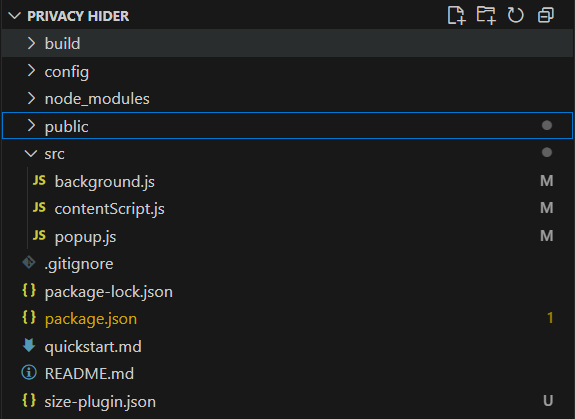
NO.2 编写代码
项目模板中关键的几个文件为background.js ,contentScript.js,popup.js,以及public文件夹里的popup.html,manifest.json.
background.js
javascript
let isLocked = false;
chrome.runtime.onInstalled.addListener(()=>{
chrome.storage.local.set({isLocked:false});
});
chrome.runtime.onStartup.addListener(()=>{
chrome.storage.local.get([isLocked],(result)=>{
isLocked = !!result.isLocked;
})
});
// 监听HTML按钮
chrome.runtime.onMessage.addListener((message,send,sendResponse)=>{
if(message.action==="toggle"){
toggle();
sendResponse({success:true});
}
else if(message.action==="getStatus")
sendResponse({isLocked});
return true;
});
//监听Alt+P
chrome.commands.onCommand.addListener((command)=>{
if(command==='toggle')
toggle();
});
async function toggle() {
isLocked = !isLocked;
chrome.storage.local.set({isLocked});
const tabs = await chrome.tabs.query({url:["<all_urls>"]});
for(const tab of tabs){
if(tab.id){
chrome.tabs.sendMessage(tab.id,{
action:"update",
isLocked
}).catch(()=>{});
}
}
}contentScript.js
javascript
let originalTitle = document.title;
let originalFavicon =null;
let isPageLocked = false;
const faviconLink = document.querySelector("link[rel*='icon']");
if(faviconLink){
originalFavicon = faviconLink.href;
}
chrome.runtime.sendMessage({action:"getStatus"},(response)=>{
if(chrome.runtime.lastError)return;
if(response && typeof response.isLocked === 'boolean'){
isPageLocked = response.isLocked;
encryptFavicon(isPageLocked);
applyBlur(isPageLocked);
encryptTitle(isPageLocked);
}
})
chrome.runtime.onMessage.addListener((message) => {
if (message.action === 'update') {
isPageLocked = message.isLocked;
encryptFavicon(isPageLocked);
applyBlur(isPageLocked);
encryptTitle(isPageLocked);
}
});
function applyBlur(isLocked){
const styleId = "blur-style";
const existing = document.getElementById(styleId);
if(isLocked){
if(existing)return;
const style = document.createElement("style");
style.id = styleId;
style.textContent = `
html, body, body * {
filter: blur(5px) !important;
pointer-events: none !important;
user-select: none !important;
}
body::before {
content: '';
position: fixed;
top: 0; left: 0;
width: 100%; height: 100%;
z-index: 2147483647;
pointer-events: all;
cursor: not-allowed;
}
`;
document.head.appendChild(style);
}else{
if(existing)
existing.remove();
}
}
function encryptFavicon(isLocked){
let link = document.querySelector("link[rel*='icon']") || document.createElement('link');
console.log(link);
link.type = 'image/x-icon';
link.rel = 'shortcut icon';
link.href = isLocked?chrome.runtime.getURL('lock.png'):(originalFavicon || '');
console.log(link);
document.head.appendChild(link);
}
function encryptTitle(isLocked){
document.title = isLocked?'*'.repeat(originalTitle.length):originalTitle;
}popup.js
javascript
document.addEventListener('DOMContentLoaded',()=>{
const toggleBtn = document.getElementById("hider-btn");
const display = document.getElementById("hider-show");
chrome.storage.local.get(['isLocked'],(result)=>{
updateStatus(result.isLocked);
})
toggleBtn.addEventListener('click', () => {
chrome.runtime.sendMessage({ action: "toggle" }, () => {
chrome.storage.local.get(['isLocked'], (result) => {
updateStatus(result.isLocked);
});
});
});
function updateStatus(isBlurred) {
display.textContent = `Status: ${isBlurred ? 'Locked' : 'Unlocked'}`;
}
});popup.html
javascript
<!DOCTYPE html>
<html lang="en">
<head>
<meta charset="utf-8">
<title>Privacy Hider</title>
</head>
<body>
<span>Current Status</span>
<span id="hider-show"></span>
<button id="hider-btn"></button>
<script src="popup.js"></script>
<style>
body{
width:250px;
height: 300px;
font-family: Arial, sans-serif;
}
</style>
</body>
</html>manifest.json
javascript
{
"manifest_version": 3,
"name": "Privacy Hider",
"$schema": "https://json.schemastore.org/chrome-manifest.json",
"version": "0.2.0",
"description": "Protect your privacy by blurring all the pages at the same time disabling interaction and encrypting the name of the tabs",
"icons": {
"16": "icons/icon_16.png",
"32": "icons/icon_32.png",
"48": "icons/icon_48.png",
"128": "icons/icon_128.png"
},
"background": {
"service_worker": "background.js"
},
"action": {
"default_title": "Privacy Protector",
"default_popup": "popup.html"
},
"permissions": [
"storage",
"tabs",
"activeTab",
"scripting"
],
"commands": {
"toggle":{
"suggested_key": {
"default":"Alt+P"
},
"description": "Toggle blur,encrypt titles and disable interaction."
}
},
"content_scripts": [
{
"matches": [
"<all_urls>"
],
"run_at": "document_idle",
"js": [
"contentScript.js"
]
}
],
"web_accessible_resources": [
{
"resources": ["lock.png"],
"matches": ["<all_urls>"]
}
]
}并且准备一个lock.png到public目录下马,用于锁定时的标签页logo
准备好上面的一切好,就可以在项目目录的终端输入
javascript
npm run build这将会在项目目录生成build文件夹,如何在浏览器中运行我们的扩展呢
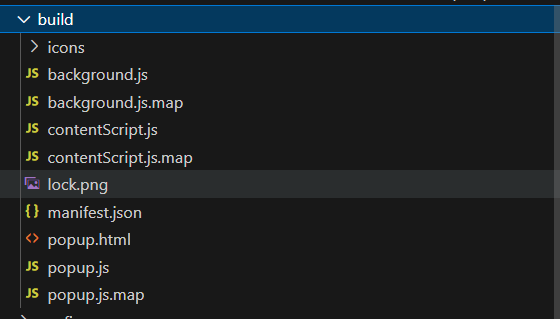
打开谷歌浏览器的管理扩展程序页面
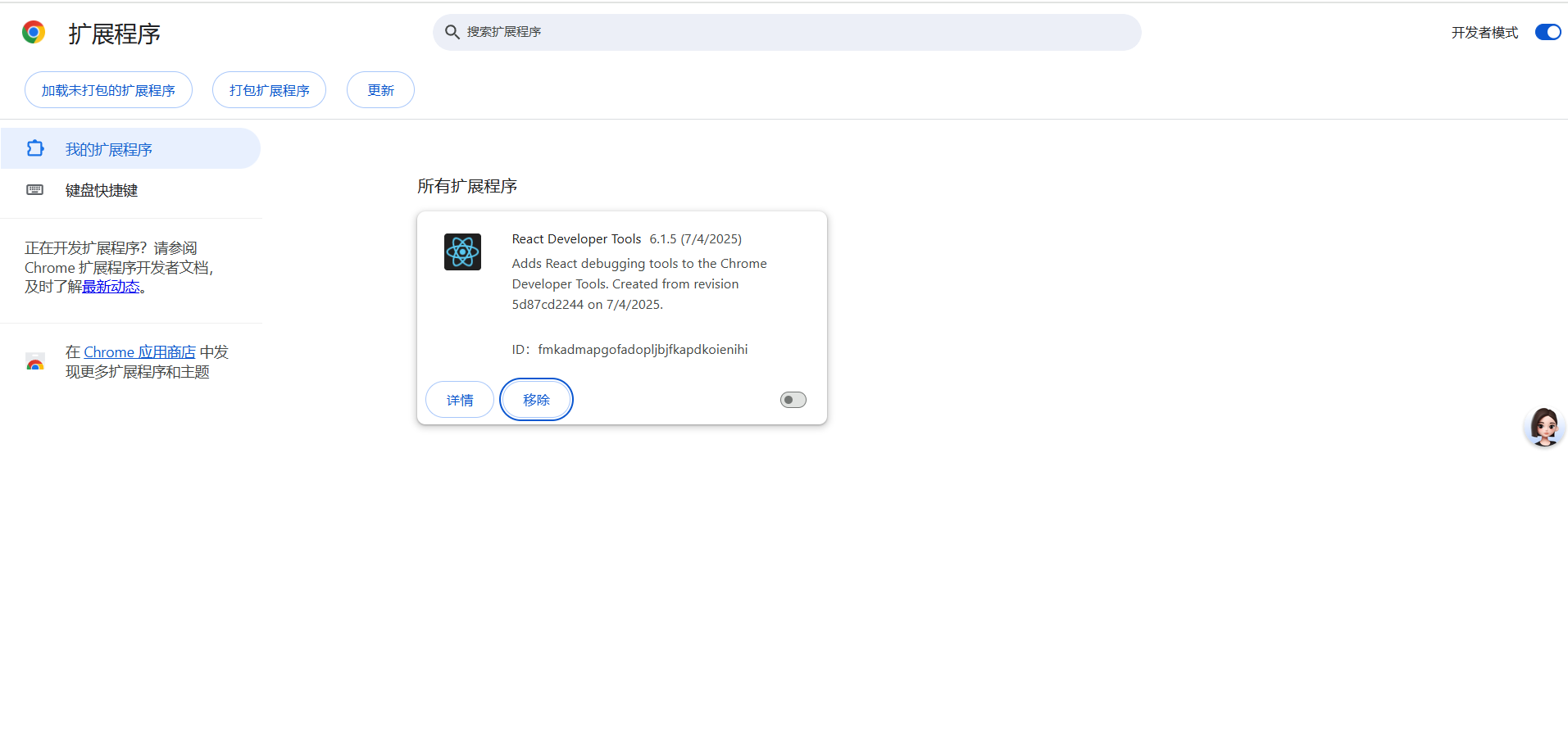
做两件事,首先打开右上角的开发者模式,其次就是点击左侧的"加载未打包的扩展程序",选择build文件夹,这样我们的扩展就顺利加入到google中

尝试使用一下:
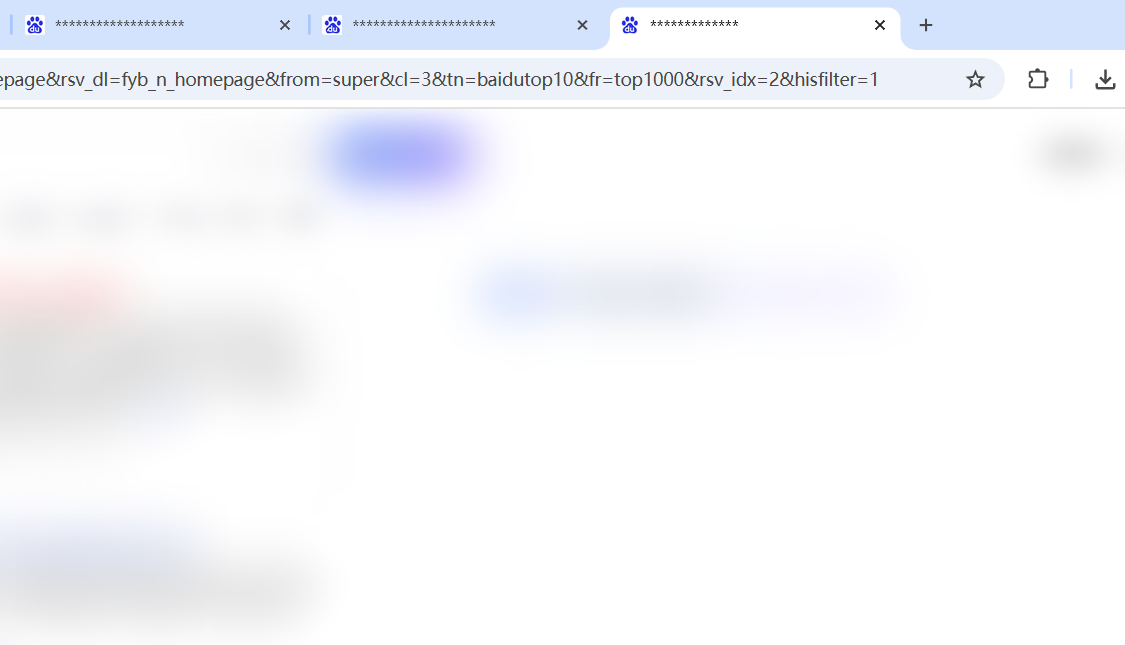
Conclusion
该扩展仍然有很多可以改进的地方,并且在替换favicon上存在一些bug,以后可以加入密码验证功能。